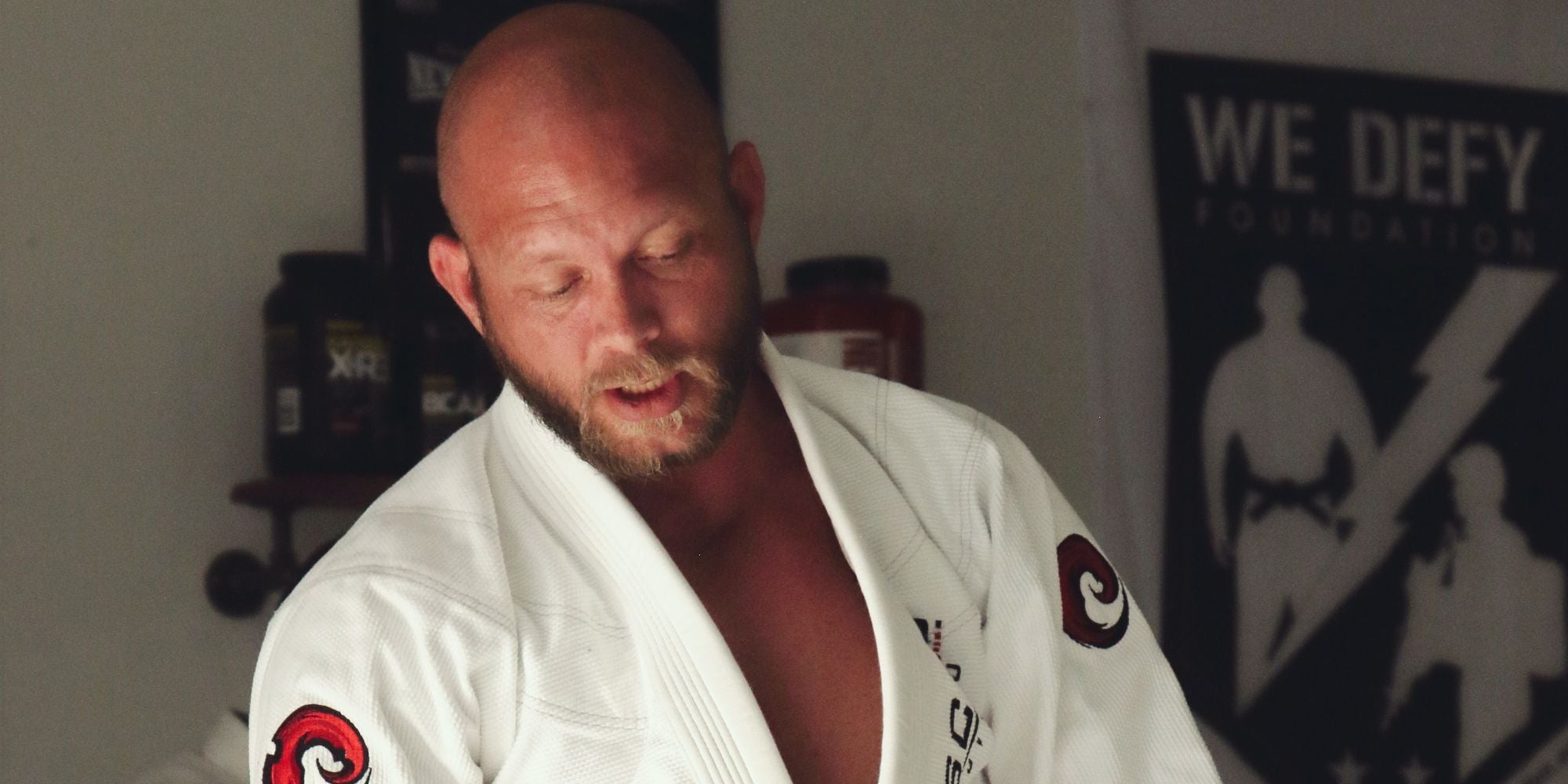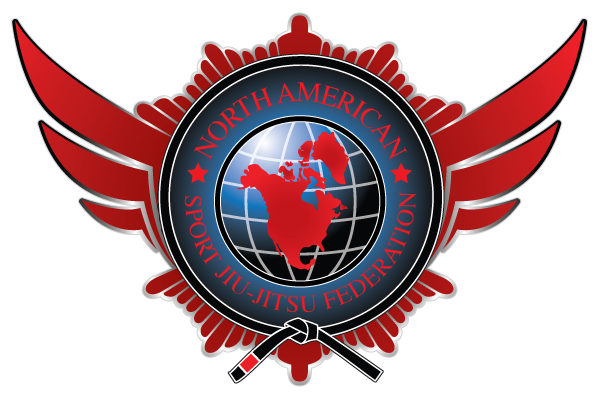Japanese Jujutsu vs BJJ - Which is better?
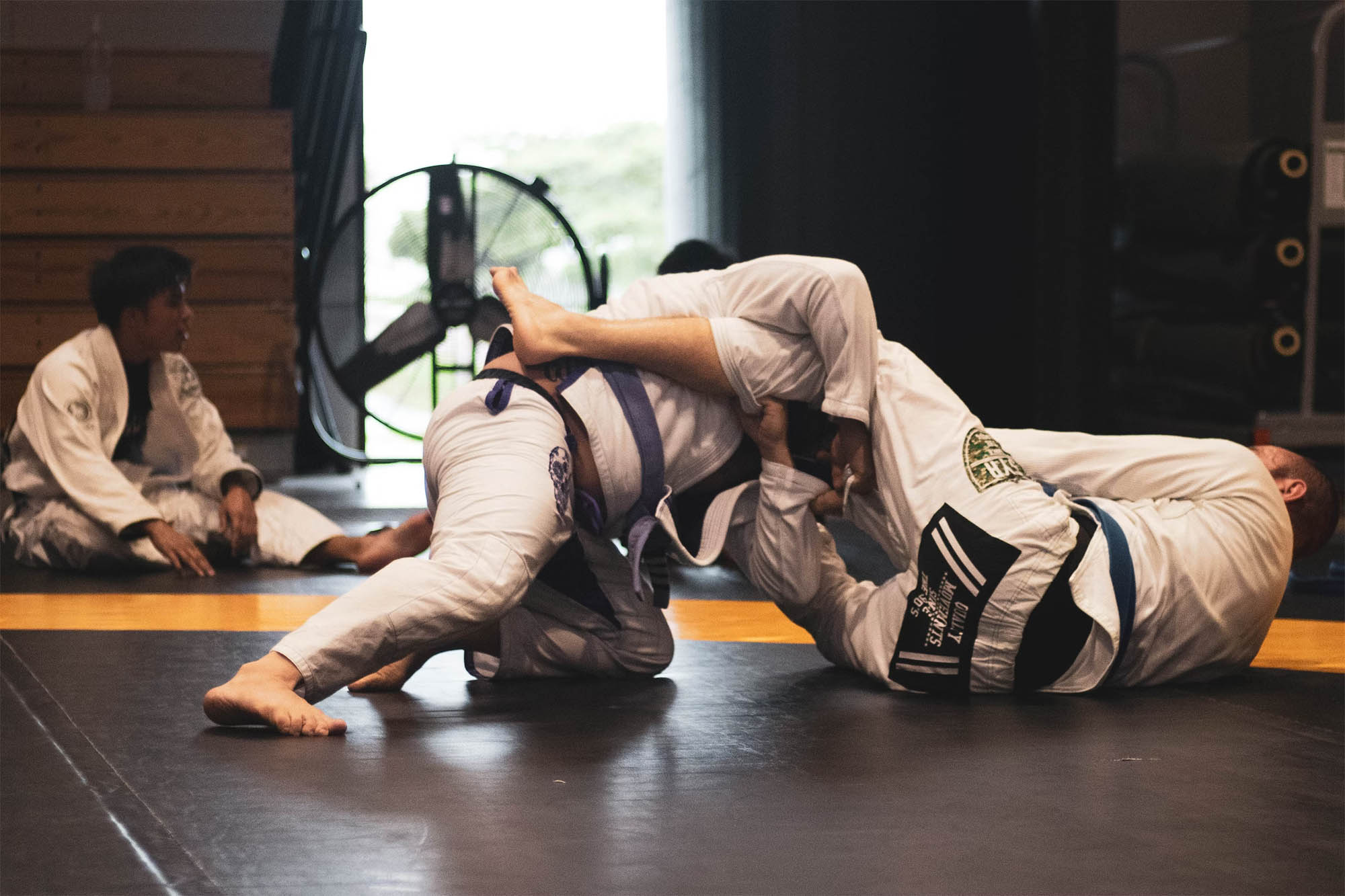
Japanese Jujutsu and Brazilian Jiu-Jitsu (BJJ) are two of the most popular martial arts in the world. Both styles have their strengths and weaknesses, and both are effective in different situations. In this article, we'll take a closer look at the history of both martial arts, their belt ranking systems, notable figures, and their relevance today.
History of Japanese Jujutsu
Japanese Jujutsu has a long and rich history that dates back hundreds of years. Originally developed by the samurai class as a means of unarmed self-defense, Jujutsu emphasizes using an opponent's strength against them through a combination of strikes, kicks, throws, joint locks, and chokes.
Over time, Jujutsu evolved and was adapted to a variety of situations, including battlefield combat and street fighting. Today, there are many different styles of Jujutsu, each with its own unique techniques and philosophies.
History of Brazilian Jiu-Jitsu
Brazilian Jiu-Jitsu (BJJ) was developed in the early 20th century by the Gracie family in Brazil. Based on the principles of Judo, which was in turn based on Jujutsu, BJJ emphasizes ground fighting and grappling, with a focus on using leverage and technique to control an opponent and submit them with joint locks or chokes.
BJJ was brought to the United States in the 1980s by members of the Gracie family, and it quickly gained popularity as an effective martial art for self-defense and competition. Today, BJJ is one of the most popular martial arts in the world, with millions of practitioners and competitions held around the world.
Belt Ranking System
Both Japanese Jujutsu and BJJ use a belt ranking system to indicate a student's level of proficiency in the martial art. In Jujutsu, the belt system typically ranges from white to black, with several intermediate levels in between. In BJJ, the belt system ranges from white to black, with four intermediate levels in between.
The belt ranking system is an important part of both martial arts, as it provides students with a tangible way to measure their progress and set goals for their training.
Notable Figures in Japanese Jujutsu
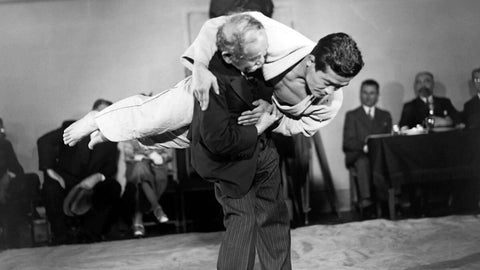
There have been many notable figures in the world of Japanese Jujutsu throughout its history. Here are a few of the most well-known:
- Jigoro Kano: Kano is the founder of Judo, which was based on the principles of Jujutsu. He is also credited with developing the modern belt ranking system.
- Morihei Ueshiba: Ueshiba is the founder of Aikido, which is a martial art that evolved from Jujutsu. Aikido emphasizes using an opponent's energy against them and emphasizes the importance of harmony and non-violence.
- Sokaku Takeda: Takeda was a master of Daito-ryu Aiki-jujutsu, which is a style of Jujutsu that emphasizes joint locks and throws. Many of his students went on to develop their own styles of martial arts, including Morihei Ueshiba.
Notable Figures in BJJ
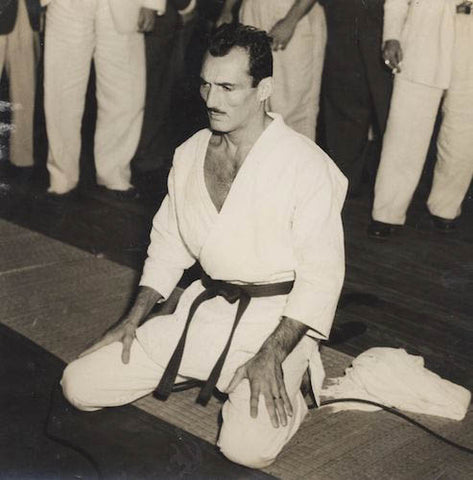
The Gracie family is the most well-known and influential family in the world of BJJ, with members like Helio Gracie and Carlos Gracie Sr. playing important roles in the development and spread of the martial art. Other notable figures include:
- Renzo Gracie: Renzo is a member of the Gracie family and a legendary BJJ fighter and instructor. He has trained many top-level fighters and has competed in some of the most prestigious BJJ competitions in the world.
- Rickson Gracie: Rickson is another member of the Gracie family and is widely considered to be one of the greatest BJJ practitioners of all time. He has a record of over 400 victories in competition and has trained many top-level fighters.
- Royce Gracie: Royce is perhaps the most famous member of the Gracie family, thanks to his dominant performances in the early days of the UFC. He is a pioneer of MMA and is widely credited with popularizing BJJ in the United States.
Relevance Today
Both Japanese Jujutsu and BJJ have remained relevant in the modern world, with practitioners from around the world continuing to train and compete in both martial arts.
One of the reasons for the continued popularity of these martial arts is their effectiveness in real-world situations. Both Jujutsu and BJJ are focused on practical self-defense and can be used to subdue an opponent without causing permanent harm. This makes them valuable skills for anyone looking to protect themselves or others in a dangerous situation.
Another reason for the continued popularity of these martial arts is their competitive aspect. Both Jujutsu and BJJ have a strong tradition of competition, with practitioners testing their skills against one another in tournaments and matches. This has led to the development of many high-level fighters and has helped to popularize these martial arts around the world.
Conclusion
Both Japanese Jujutsu and Brazilian Jiu-Jitsu are incredibly effective martial arts with long and rich histories. While they have many similarities, they also have significant differences that make each style unique.
Ultimately, the question of which martial art is better comes down to personal preference and individual goals. Those looking for a martial art that emphasizes throws, joint locks, and strikes may prefer Jujutsu, while those looking for a ground-based grappling style may prefer BJJ. However, both martial arts are effective in their own way and can provide valuable skills for anyone looking to improve their fitness, self-defense, or competition skills.
Sources:

